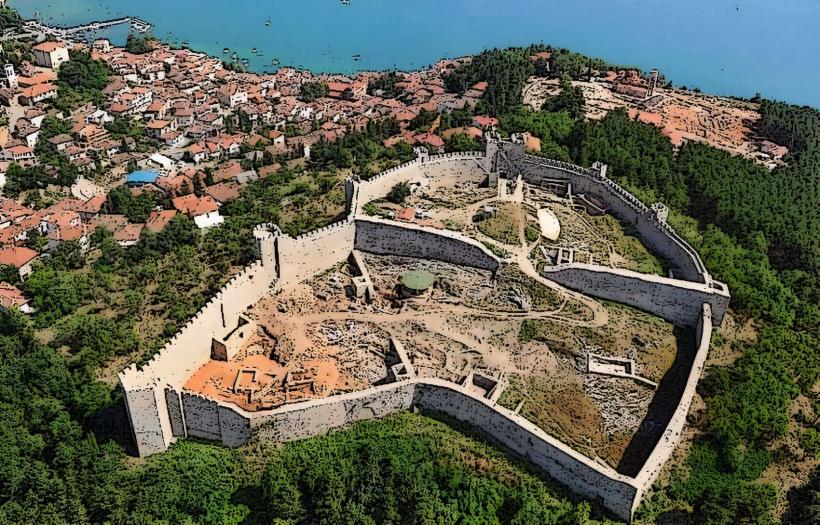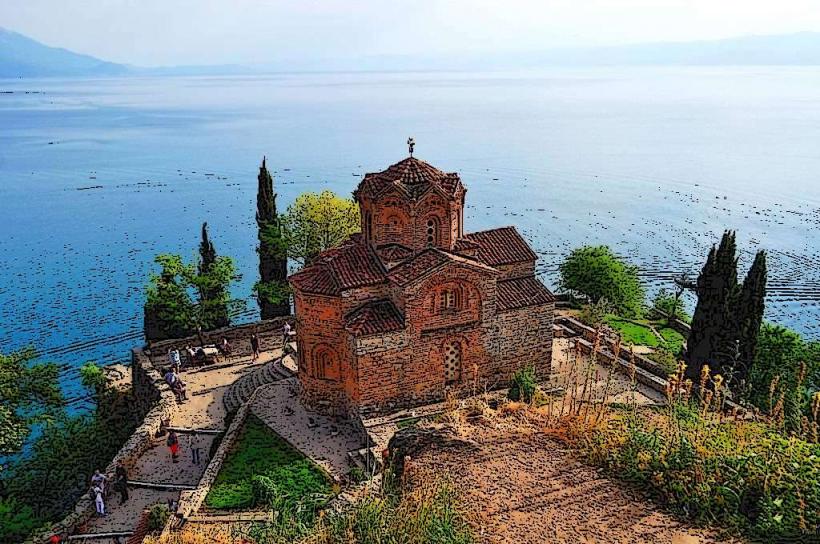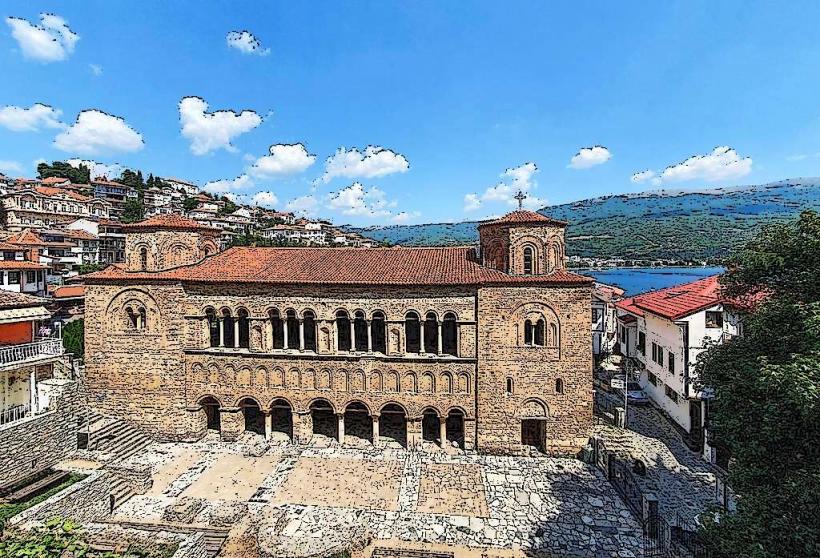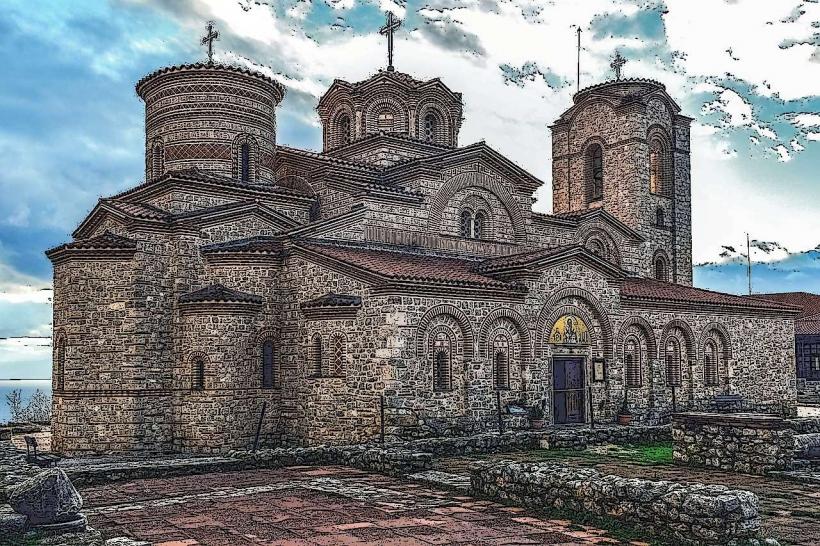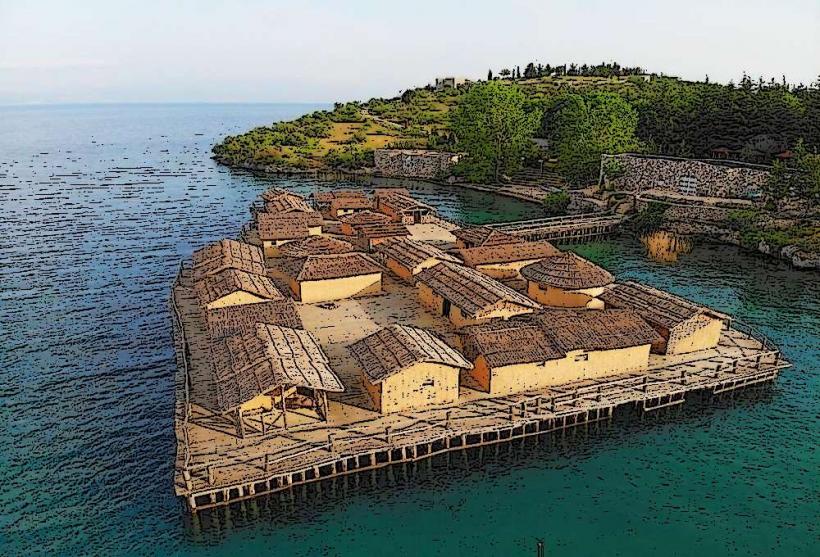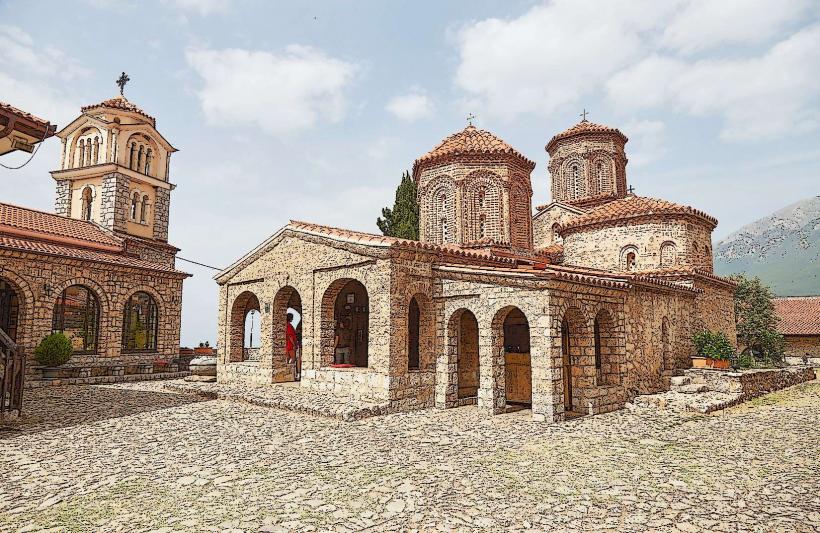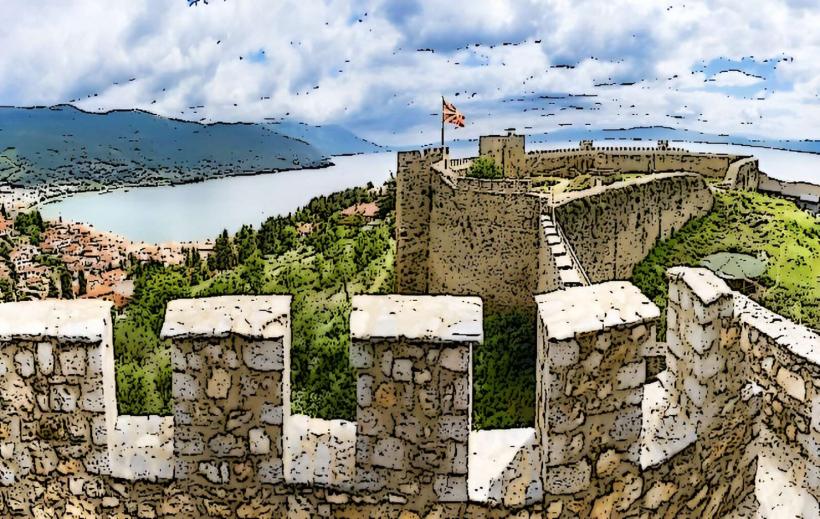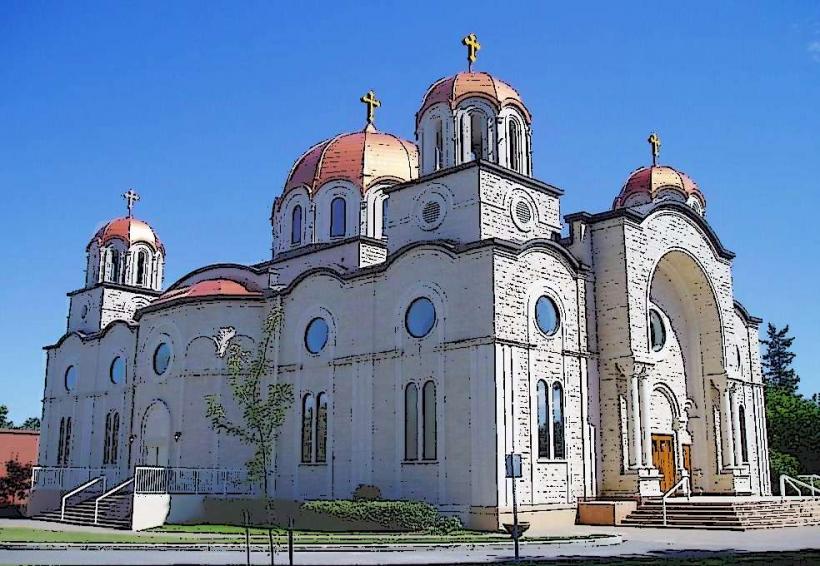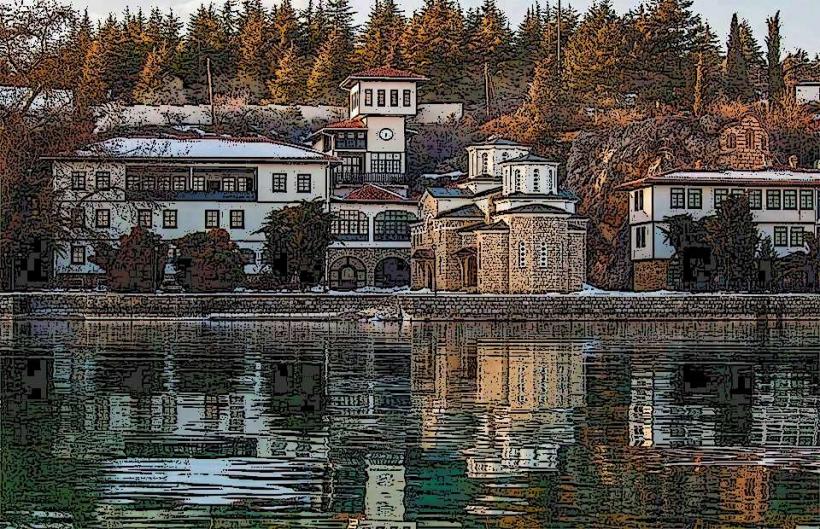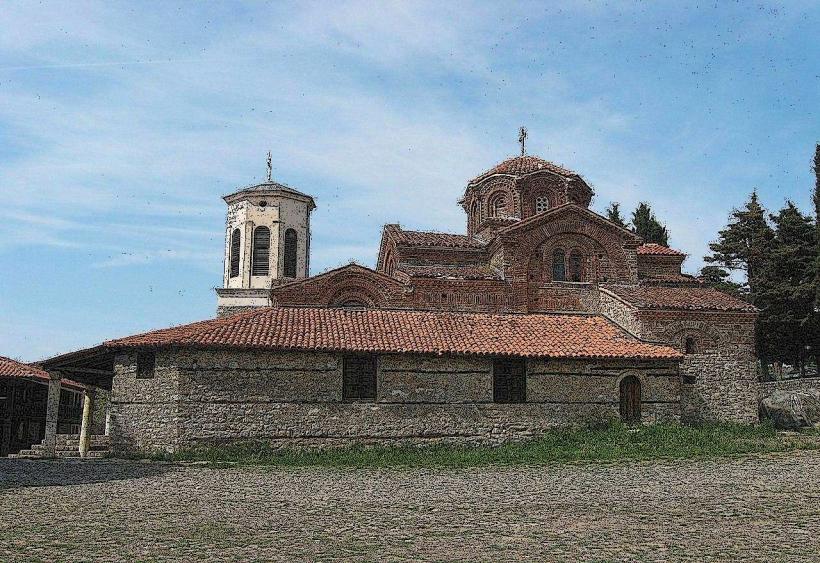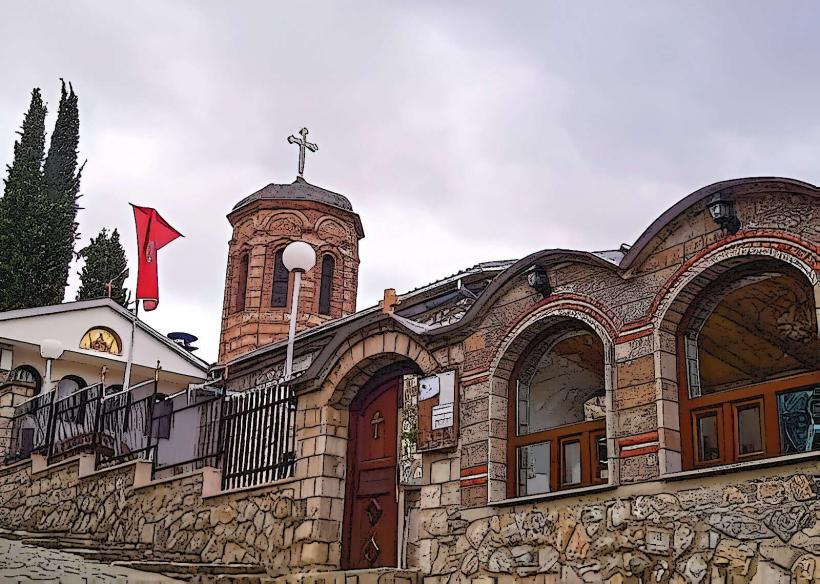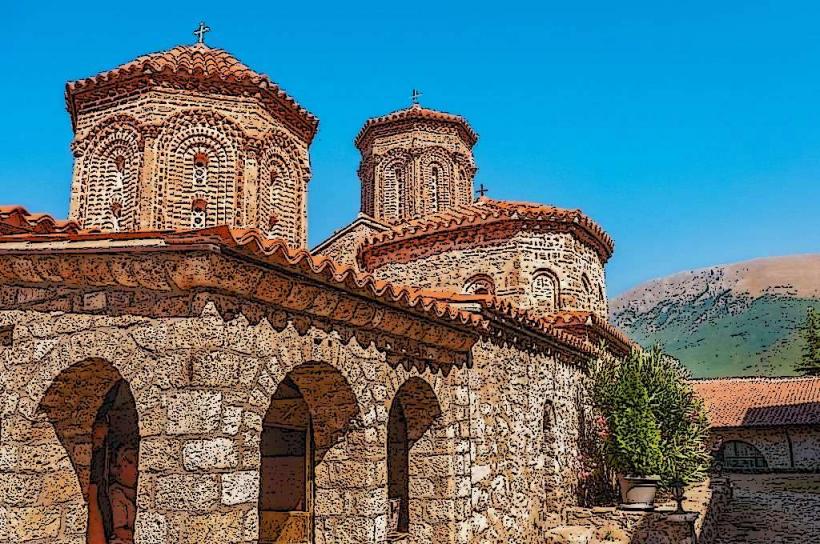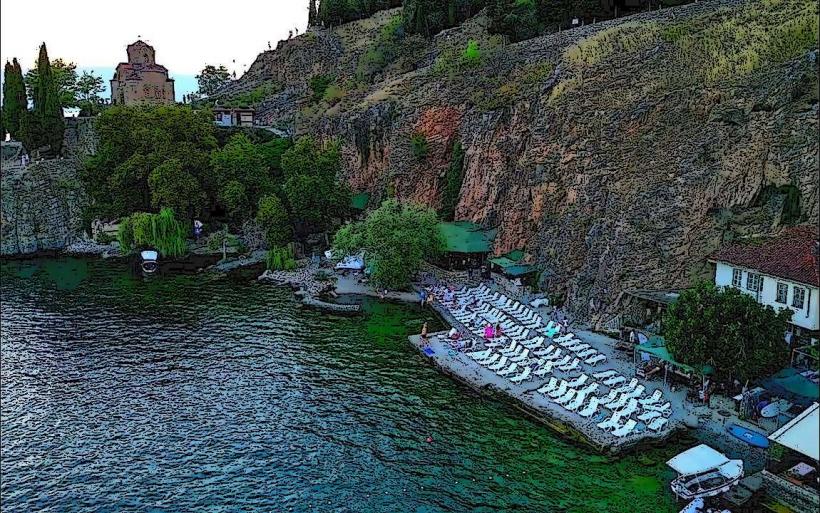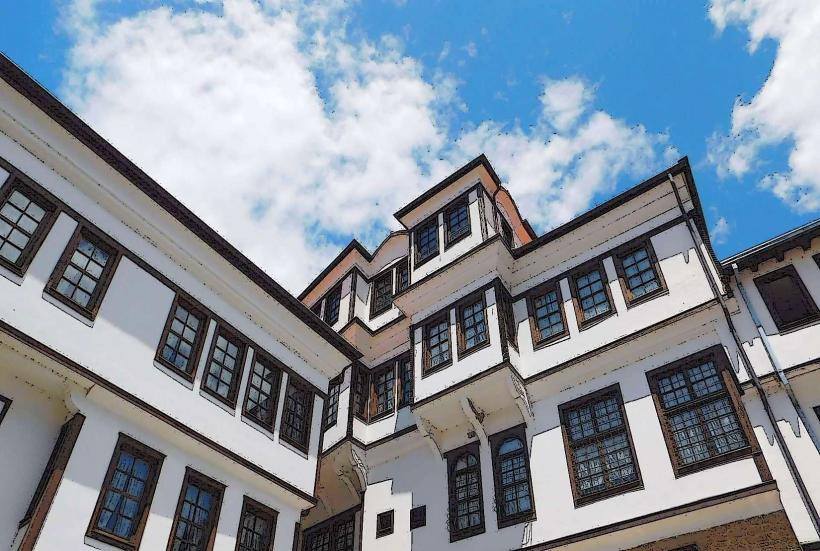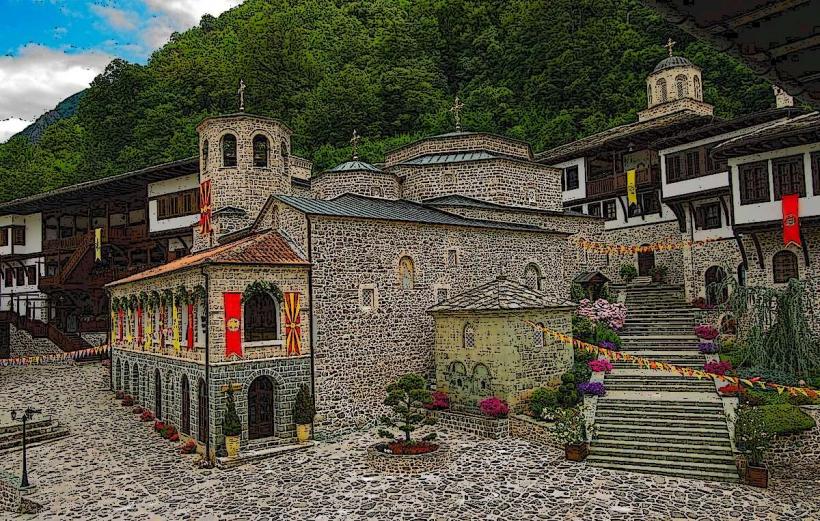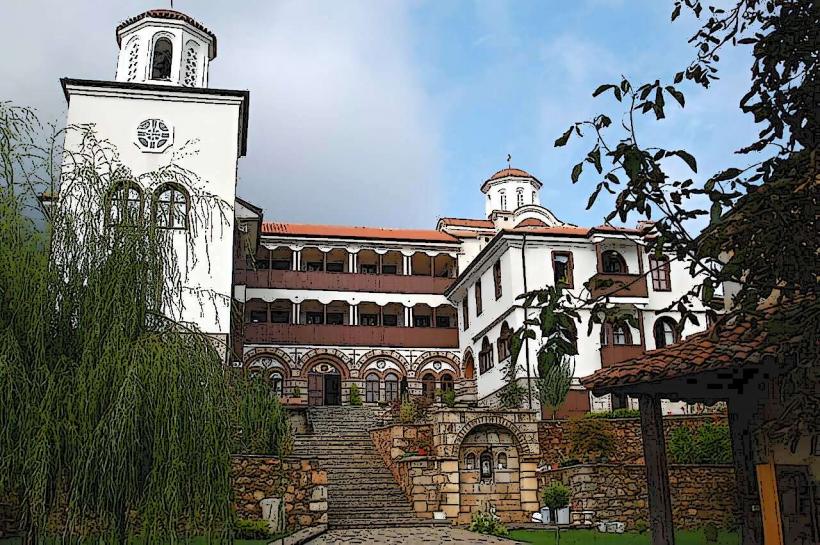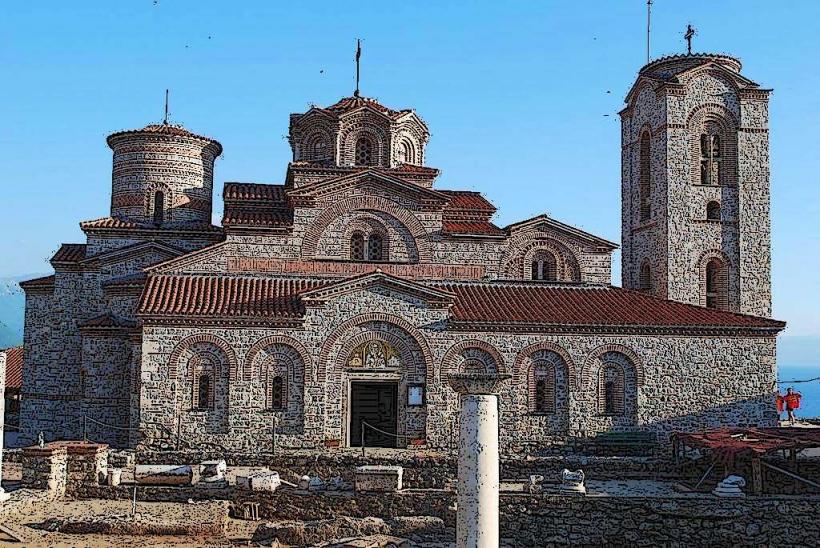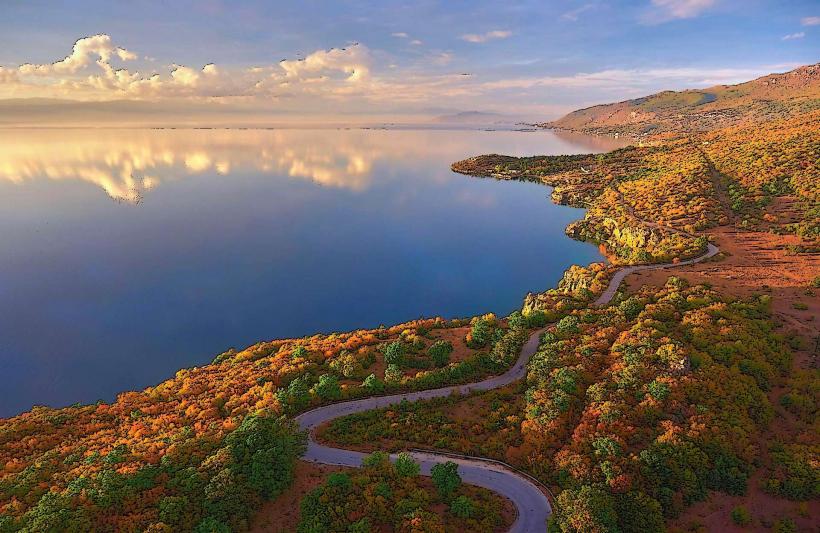Information
Landmark: Lake OhridCity: Ohrid
Country: North Macedonia
Continent: Europe
Lake Ohrid, Ohrid, North Macedonia, Europe
Overview
Lake Ohrid in North Macedonia is celebrated worldwide for its ancient origins, teeming wildlife, and deep historical roots-its clear, blue waters have shimmered here for millions of years, on top of that straddling the border of North Macedonia and Albania, the lake ranks among Europe’s oldest and deepest, its clear blue waters holding centuries of natural beauty and human history, earning it a venue of global significance.Lake Ohrid rests in North Macedonia’s southwest, its clear blue waters lapping at the town of Ohrid on the western shore, in addition the lake stretches into Albania, where the town of Pogradec sits on its far shore, its waterfront lined with modest fishing boats.Covering about 358 square kilometers and plunging to a depth of 288 meters (945 feet), it’s the deepest lake in the Balkans and among the deepest in Europe, subsequently at roughly 4 million years classical, Lake Ohrid ranks among the oldest lakes on the planet.Somehow, Because it’s both ancient and cut off from the outside world, Lake Ohrid has evolved a one-of-a-kind ecosystem, home to plants, fish, and tiny invertebrates found nowhere else-like the shimmering silver Ohrid trout, certain snail species, and other rare fish, simultaneously its crystal-clear waters and unspoiled shores draw scientists eager to study and protect it, and the lake now forms part of the Ohrid–Prespa Transboundary Biosphere Reserve, created to safeguard this fragile natural treasure.UNESCO named it a World Heritage Site in 1979 for its rich ecology and deep cultural roots, therefore in recent years, teams have worked to curb pollution from farm runoff, factory waste, and the empty nets of overfishing.Current conservation efforts work to protect the lake’s rich mix of species and keep its waters clear, while Lake Ohrid itself has served as a cradle of civilization for thousands of years, as well as the ancient city of Lychnid-today’s Ohrid-rose along the lake’s edge, where people have lived since prehistoric days.Actually, Centuries later, its shimmering waters watched the spread of Christianity, as Ohrid grew into a vital hub for Orthodox faith and Slavic culture in the Middle Ages, after that often called the “Jerusalem of the Balkans” for its role in the early spread of Slavic Christianity, Ohrid is home to a remarkable collection of Byzantine-era churches, monasteries, and icons-some with walls still bearing centuries-ancient frescoes.As you can see, From the ninth to twelfth centuries, Saint Clement of Ohrid’s Literary School shaped Slavic literacy and helped establish the Cyrillic alphabet, also around the lake, you’ll find treasures like the cliffside Church of St. John at Kaneo, the Church of St, also clement, and the Monastery of St. If I’m being honest, Naum, besides recognizing both its cultural and natural importance, UNESCO named Lake Ohrid and the city a World Heritage Site in 1979.Famed for its extraordinary mix of cultural treasures and natural beauty, the site blends ancient stone churches, centuries-timeworn fortresses, and winding cobblestone streets with the vibrant life of the lake’s rich ecosystem, in turn ohrid ranks among North Macedonia’s top destinations, its timeworn town steeped in medieval charm and its waterfront lined with lively promenades and sunlit beaches perfect for unwinding, generally Scattered across the lake are compact islands-some inhabited, others crowned with monasteries like St, equally important naum, where the scent of pine drifts down from the surrounding hills, slightly often Visitors can take boat tours that glide past secluded coves and offer sweeping views of mountains mirrored in the water, subsequently visitors flock to Lake Ohrid for private boat rides or lazy cruises, slipping past quiet coves under the sun.On sizzling afternoons, swimmers dive into its glass-clear waters, while beaches like Trpejca and Gradishte buzz with laughter and the smell of sunscreen, along with anglers cast lines for the prized Ohrid trout alongside other shimmering catches, a pastime cherished by both locals and travelers.Hikers follow mountain trails that climb toward sweeping viewpoints high above the lake, furthermore and beyond its scenery, Ohrid draws people in with a deep, storied cultural heritage.Each year, the Ohrid Summer Festival fills the city with music, art, and theater, echoing through cobbled streets and lakeside squares, moreover visitors can step inside the Cyrillic Museum, the Museum of the City of Ohrid, or ancient churches and monasteries to glimpse its religious, literary, and historic roots, almost But as tourism booms and current buildings crowd the lake’s edge, worries over pollution and overdevelopment continue to grow, furthermore wastewater, plastic debris, and industrial runoff are putting the lake’s fragile ecosystem at risk.To fight the damage, officials are upgrading wastewater treatment plants, cracking down on menacing chemicals, and encouraging tourism that treads lightly, likewise non-native species-like a swift-spreading fish and dense mats of aquatic weeds-are also crowding out the lake’s native life.Conservation teams work to stop these invasive species from spreading, safeguarding the lake’s rare plants and animals, to boot lake Ohrid remains a remarkable site-its clear blue waters hold ancient life, layers of history, and breathtaking beauty.For thousands of years, the lake and its quiet shores have woven together nature’s beauty and the region’s deep cultural roots, meanwhile you can wander through its centuries-historic churches, lounge beside the glassy blue water, or dig into its rich ecological and historical story-but whatever you choose, Lake Ohrid delivers an experience that feels timeless.Protecting this iconic lake matters now, so future generations can stand on its shore, feel the cool breeze, and treasure its beauty and meaning.
Author: Tourist Landmarks
Date: 2025-09-02


